Step-by-step instructions for planting cherries, the basics of tree care
Every third summer resident has a cherry on his plot. But the planting of cherries, its closest relative, is much less popular, although many people like its juicy and sweet berries. The reason for this is the well-established opinion about the exceptional thermophilicity of culture. For a long time it was true: trees bore generously only in the southern gardens.
Summer residents, whose plots are in the middle lane, do not dare to grow cherries, considering this occupation unpromising due to the high risk of freezing. But not all varieties of culture are subject to it. Its zoned varieties are successfully cultivated in the cold climate of the Leningrad region, in the Urals, and even in the gardens of Siberia.
Site requirements
Sweet cherry loves the sun and does not tolerate drafts. It is better to place her seedlings on the most illuminated and at the same time not blown by cold winds. The tree will be comfortable at the fence or at the southern walls of buildings. But tall varieties of cherries have a spreading crown, so it is important to leave them enough free space for development. A seedling hole is dug, stepping back from the structure at least 3-4 m.
Trees grow best on small (up to 0.5 m in height) hills, which can be arranged artificially, and in areas slightly inclined towards the south, southwest or southeast.
Here they do not lack light and warmth. You should not plant cherries in lowlands and in those places where water stagnates for a long time in spring. In such conditions, trees quickly die. The roots of the sweet cherry are deep (up to 2 m long), and some of them are located vertically in the soil, therefore, it does not tolerate close proximity of groundwater.
The culture grows well and bears fruit in loose soil. Light and fertile sandy loam or loamy soils are ideal for her. They should be sufficiently moist, but not swampy. On peat bogs, in heavy clay soil, on quickly drying sand with a scarce supply of nutrients, planting cherries will not be crowned with success.
Landing time and scheme
The timing of placing trees on the site depends on the climate of the area. In the southern regions, autumn planting is more often practiced, carrying it out several weeks before the soil freezes. In Siberia and the Urals, it is better to postpone the procedure until spring. If the seedling does not have time to take root, severe frosts will destroy it.
Sweet cherry is a cross-pollinated crop. It will bear fruit abundantly only if there are neighbors. It is recommended to plant 2-3 trees on the site, representing different varieties of culture. You can do with one, but only if you place a couple of cherries with the same flowering time next to the cherry. This guide also applies to partially self-fertile crop varieties.
4-5 m of free space is left between adjacent trees. Saving space is not the best option here. When planted closer, trees will shade each other. Caring for them will also be complicated. If the cherry is columnar, the distance between the plants is reduced to 1 m.When planting such trees in rows, the interval between them should be made equal to 2-3 m.
Pit preparation
When planting cherries in the fall, the site is prepared 2-3 weeks before the procedure. The soil is dug deeply and enriched with fertilizers:
- compost (10 kg);
- superphosphate (180 g);
- potassium nitrate (100 g).
These dosages are calculated for 1 m² of the site surface. You can add a special complex preparation intended for cherries and sweet cherries to the soil. Soil with an acidic reaction is limed.It is recommended to do this in advance - 7-10 days before the introduction of nutrient formulations. Clay or sandy soil for growing cherries is prepared for several years. The first is dug up, scattering sand over the surface of the site, and clay is added to the second. In the next 3-4 years, fertilizers are applied to the soil. This can be done in spring or autumn.
The planting hole is dug 2 weeks before the tree is placed in it. It should be deep (60-80 cm) and wide (1 m). A support is installed in the center. That's right, if it rises 30-50 cm above the soil surface.Fertile soil is poured onto the bottom of the pit, adding the following components to it:
- rotted compost;
- superphosphate;
- potassium sulfate;
- wood ash.
The thoroughly mixed substrate should form a small hill around the support.
Advice
The introduction of nitrogen-containing compounds and lime into the planting pit is fraught with burns for the roots of the seedling, at this stage it is better to do without them.
Having slightly tamped the soil mixture, sprinkle it with infertile soil on top. Having leveled it well, pour a couple of buckets of water into the pit, after which they forget about it for 2 weeks. During this time, the soil will settle.
If planting cherries is carried out in the spring, the site and the pit are prepared in the fall. Humus or compost is added to the soil. It is recommended to do this from October to November, depending on weather conditions. In spring, when the snow melts and the soil dries out slightly, mineral fertilizers, including nitrogen fertilizers, can be added to the pits. They begin to place seedlings in them in a week.
Sapling selection
Best of all, cherry seedlings take root at the age of 1-2 years. In height, the first should reach 70-80 cm, the second - 1 m.
When choosing a seedling, you need to pay attention to the following signs:
- features of the crop variety (winter hardiness, the presence of immunity to diseases and pests);
- the appearance of a young tree.
A quality seedling must be grafted. This indicates that it belongs to varietal plants. Such a tree begins to bear fruit earlier, and its berries will taste better.
It is worth stopping the choice on a seedling that has many branches. It will be easier to give the correct shape to its crown. The tree must have a well-developed and straight conductor. Young cherries grow quickly. If the conductor is weak, the stronger branches will compete with it. The presence of several conductors is highly undesirable: if a lot of berries are tied on a tree, it can break between them, and the cherry will die.
The roots of the seedling are also carefully examined. There should be no dry and damaged areas on them. A viable seedling has a developed, strong root system. If it is open, after purchase it is placed in a damp cloth, and wrapped with oilcloth (polyethylene) on top. This will protect the roots from drying out. Leaves from the branches of the seedling are immediately removed to prevent dehydration.
It is better to buy a seedling in the fall. At this time, the assortment of varieties in nurseries is the widest. For the winter, the tree is buried in, and in the spring (in April) it is planted in a permanent place. You can do it right into the mud. You should not delay planting cherries. It is important to conduct it while the buds on the tree have not yet woken up. So it will take root faster. Seedlings growing in containers can be planted in May and even June.
How to plant cherries
Before being placed in the planting pit, the cherry roots are carefully examined again. Sick and injured areas are excised. Shoots that are too long can be shortened if they do not fit in the prepared pit. Then the underground part of the young cherry is dipped in a bucket of water, where it is kept from 2 to 10 hours, depending on the degree of dryness of its roots. They start planting when they swell.
The tree is placed in a hole so that its root collar protrudes from it by 5-7 cm. Carefully spreading its roots over a mound, they are sprinkled with marginal soil taken from the bottom of the depression. This should be done gradually, from time to time, slightly shaking the cherry by the trunk.So near its roots there will be no cavities filled with air.
Having completely filled up the pit, 1 bucket of water is poured into it. When it is absorbed and the soil settles, the trunk circle is well compacted. A hole is made around the tree with a radius of 30 cm, enclosing it from the outside with a shaft of soil. On the inside, a shallow (5 cm) furrow is drawn near it and again watered well. As the soil subsides in the near-trunk circle, it will have to be poured. The final stage is mulching the surface of the hole. Peat or humus is usually used for it.
If the buds on the tree have not yet begun to bloom, after planting it is pruned. 2-3 skeletal branches are left on the cherry, and the rest are removed on the ring. This must be done flush with the trunk so that hemp does not remain. Wounds are covered with garden varnish. Placing sweet cherries on the site, in which sap flow has already begun, pruning of its crown is postponed for the next year.
Top dressing and watering
Summer residents who already have fruit trees in the garden will find caring for cherries familiar. It includes the usual activities:
- watering;
- loosening the soil;
- weeding;
- removal of root growth;
- top dressing;
- pruning.
If you plant cherries correctly, the need to reintroduce potassium-phosphorus compounds into the soil will arise only after 3 years. They begin to feed the tree with nitrogen fertilizers earlier, when the second year of their life on the site goes. They are brought in dry in the spring, as soon as it gets warmer. At the end of May, feeding is repeated, but in liquid form. When the tree is 4 years old, the soil under it is enriched with phosphorus, potassium and other trace elements. Compositions containing them are introduced in the middle of summer.
Closer to autumn, trees are watered with organic fertilizers - mullein dissolved in water or bird droppings. For the last time in the season, cherries are fed before winter - in September-October. They are guided here by the appearance of the trees: if the leaves turned yellow and began to fly around, the time has come for the introduction of nutrient compositions. They are buried in the soil during the digging process, going deep into the ground by 10 cm.
Carefully monitor the cleanliness of the soil under and between trees. When loosening, you need to process an 8-10 cm layer of soil. Such care is repeated 3-5 times per season. It is advisable to spend it the next day after each watering or rain. It is convenient to use a garden hoe or cultivator for loosening.
During the growing season, cherries need at least 3 waterings:
- before flowering;
- in the middle of summer, especially if it is dry;
- in the fall, simultaneously with the last feeding.
Before the procedure, it is recommended to loosen the soil under the trees, and after it - to mulch. Autumn watering is required. It should be abundant so that the water saturates the soil by 70-80 cm. This will protect the cherries from freezing. Cold-resistant crop varieties do not tolerate drought well. In extreme heat, such cherries often dry out. Having discovered such symptoms, you cannot hesitate, otherwise it will not be possible to save the tree. Regular and abundant watering will help him to withstand adverse weather conditions.
Crown formation
Cherry pruning raises the most questions for gardeners. To carry it out correctly and as painlessly as possible for the tree, the guidance of professionals will help. Whatever the goals - sanitary or formative - the pruning pursues, it is better to do it in early spring, while the sap flow has not yet begun. In summer and autumn, you can continue what you started, getting rid of the shoots that thicken the crown and pinching the tops of improperly growing branches. The root shoots are removed throughout the growing season so that they do not draw forces from the tree.
Annual pruning of cherries allows:
- increase its yield;
- improve the quality of berries;
- prevent the development of diseases;
- increase the lifespan of the tree.
In the gardens of Siberia, cherries are given the shape of a bush. This makes it easier for the tree to withstand harsh winters. The optimal number of trunks is 3-5. The top of an annual seedling is shortened over 5-6 buds.This pruning stimulates the development of the lower lateral branches. Sweet cherry is prone to tillering by nature. If you do not get rid of the strong shoots that grow above the graft, it will quickly acquire the desired appearance itself.
A young tree is formed during the first 5-6 years. During this time, you need to lay several tiers (usually 3). In the future, pruning is carried out for sanitary purposes. The height of the tree is maintained within 3-3.5 m, and the length of its skeletal branches is at the level of 4 m. Grinding of berries and the formation of ovaries only on the periphery of the crown indicates the need for rejuvenating pruning. It is carried out in late winter and early spring.
Features of autumn care
With the arrival of autumn, you need to take preventive measures against diseases and pests. The fallen leaves are raked up and burned. The trees and the soil under them are sprayed with special preparations, their trunks are whitened to the level of the trunk. It is desirable to process the bases of skeletal branches.
When the trees are completely bare, the last pruning of the season is carried out. To make the cherry easier to endure frost, it is relieved of weak, injured and improperly growing shoots. Annual shoots are cut to ⅓ of the length. Non-skeletal branches are shortened to 30 cm. At this time, it is better to use a saw instead of a secateurs. The sections remaining after it are tightened faster. The procedure must be completed before the end of September. Late pruning is fraught with long-healing wounds that make it difficult for the tree to winter. Saplings are exposed to it in the second year of life on the site. It is dangerous to prune younger trees before winter; it is better to postpone the procedure until spring.
Cherry that has suffered from frost dries up in spring, and its trunk can become covered with cracks, through which infection easily penetrates. To protect the seedlings, they are fenced off with a kind of fence made of stakes and, carefully pulling off the branches, are placed under the covering material.
With a competent approach to the choice of a variety, the cultivation of cherries in the gardens of the middle lane, the Urals and Siberia will not be difficult for their owners. If you properly care for it, the tree lives on the site for a whole century, early entering the fruiting period. A recent seedling will bear its first berries in 5-6 years. It will take another 4-5 years, and the harvest will be full. Watering, feeding and regular pruning of the tree will allow it not to reduce their volumes until the end of its long life.
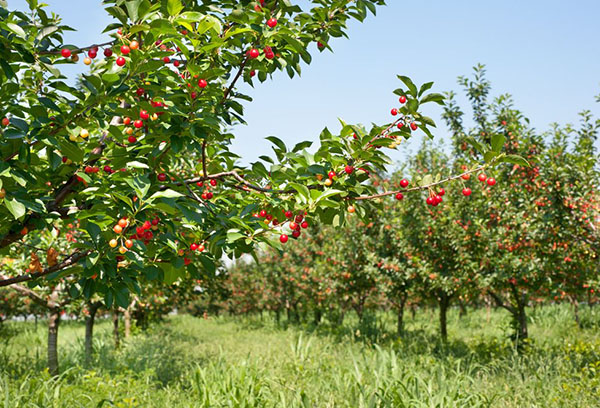
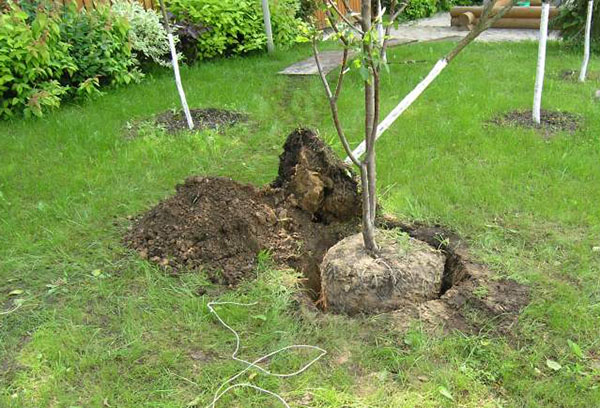
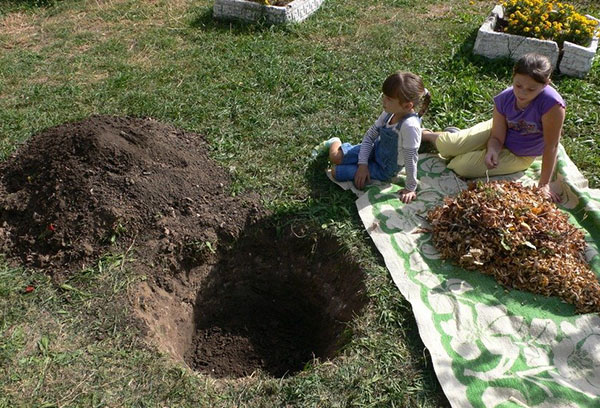
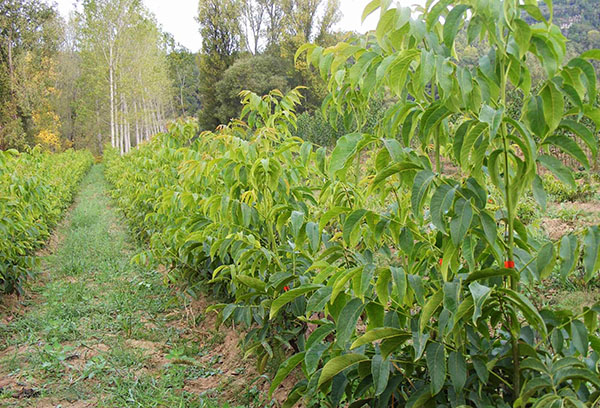
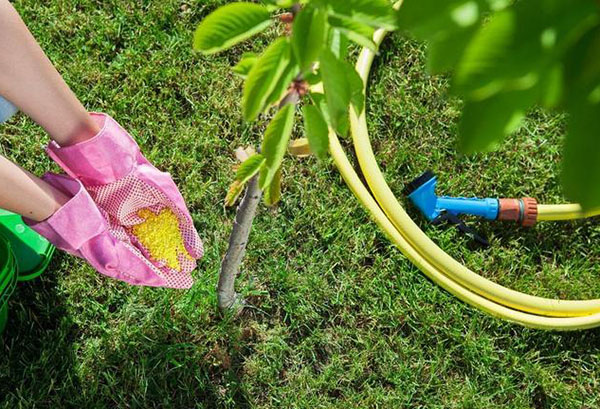

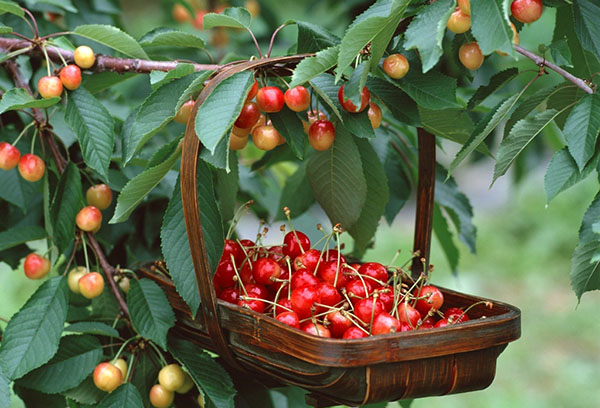
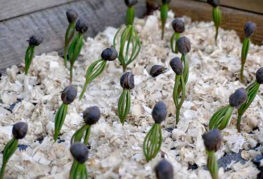
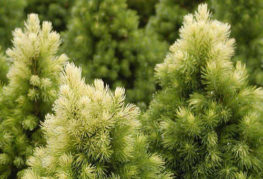
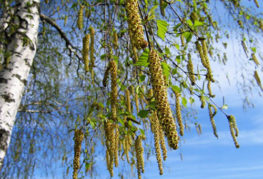
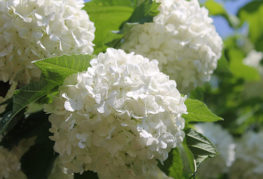
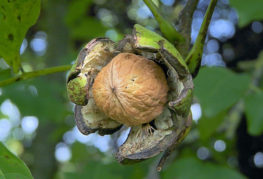

and will be published shortly.